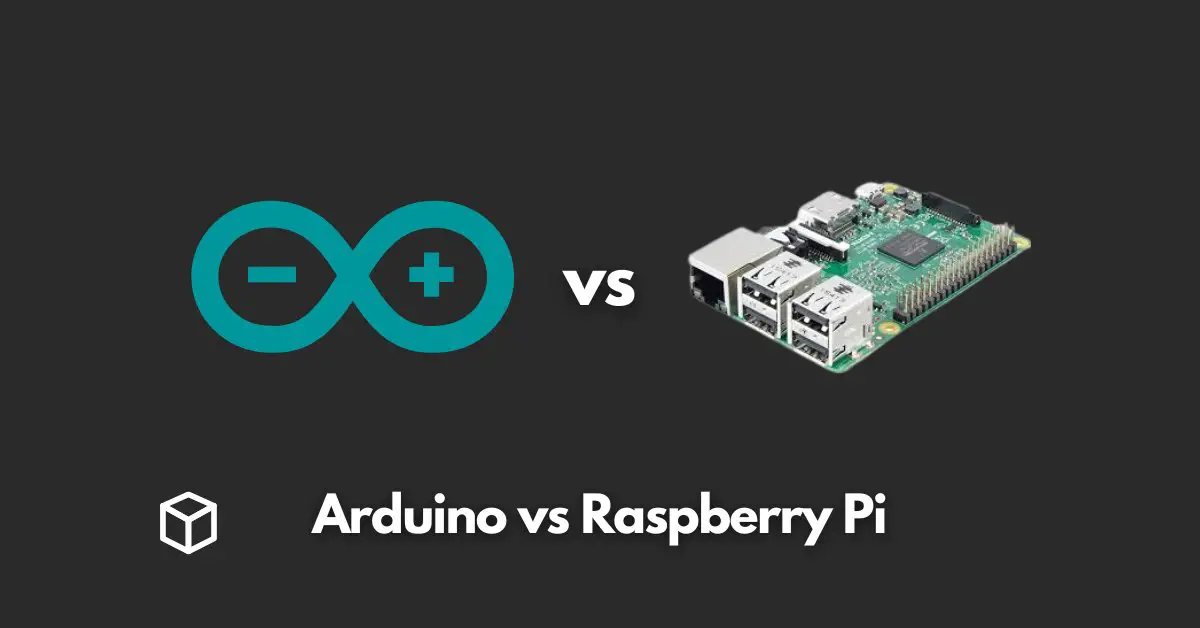Arduino and Raspberry Pi are two of the most popular microcontroller platforms used for building electronics projects.
Both platforms have their own unique features, capabilities, and use cases, making it challenging to decide which one to use for a particular project.
In this article, we will compare Arduino and Raspberry Pi, highlighting their key features, capabilities, and use cases, so you can make an informed decision on which platform to choose for your next project.
Overview of Arduino
Description of Arduino Boards
Arduino is an open-source electronics platform based on simple microcontroller boards. The boards are designed to be easy to use and are ideal for beginners who are just getting started with electronics.
There are several different Arduino boards available, each with its own set of features and capabilities.
The most popular Arduino boards include the Arduino Uno, Arduino Mega, and Arduino Nano.
Features and Capabilities
Arduino boards are designed to be simple to use and are ideal for beginners who are just getting started with electronics.
They are easy to program using the Arduino programming language, which is based on C++.
The boards have built-in support for a variety of sensors and actuators, making it easy to connect them to other devices.
They also have a wide range of input/output (I/O) pins that can be used to connect to other devices.
Popular Use Cases
Arduino boards are commonly used for a wide range of projects, including robotics, home automation, and Internet of Things (IoT) projects.
They are also popular for use in educational settings, as they provide a hands-on way to learn about electronics and programming.
Pros and Cons
One of the biggest advantages of Arduino is its simplicity. The boards are easy to use and are ideal for beginners who are just getting started with electronics.
They are also relatively inexpensive, making them accessible to a wide range of users.
On the downside, Arduino boards can be limited in terms of processing power and memory, which can be a limitation for more complex projects.
Overview of Raspberry Pi
Description of Raspberry Pi Boards
Raspberry Pi is a low-cost, credit-card-sized computer that plugs into a computer monitor or TV, and uses a standard keyboard and mouse.
It is a capable little device that enables people of all ages to explore computing, and to learn how to program in languages like Scratch and Python.
Features and Capabilities
Raspberry Pi boards are designed to be more powerful than Arduino boards and are ideal for more complex projects.
They run on a Linux-based operating system and have a wide range of features and capabilities, including support for a wide range of programming languages, a powerful processor, and a large amount of memory.
They also have built-in support for a wide range of sensors and actuators, making it easy to connect them to other devices.
Popular Use Cases
Raspberry Pi boards are commonly used for a wide range of projects, including home automation, robotics, and IoT projects.
They are also popular for use in educational settings, as they provide a hands-on way to learn about computing and programming.
Pros and Cons
One of the biggest advantages of Raspberry Pi is its powerful processor and large amount of memory, which makes it suitable for more complex projects.
They also have built-in support for a wide range of programming languages and have a wide range of features and capabilities.
On the downside, Raspberry Pi boards can be more expensive than Arduino boards, which can be a limitation for some users.
Comparison of Arduino and Raspberry Pi
Hardware Comparison
In terms of hardware, the main difference between Arduino and Raspberry Pi is the processing power and memory.
Arduino boards are simple microcontroller boards with limited processing power and memory, making them suitable for simple projects.
On the other hand, Raspberry Pi boards are more powerful computers with a larger processor and more memory, making them suitable for more complex projects.
Software Comparison
In terms of software, Arduino boards use the Arduino programming language, which is based on C++.
The programming environment is simple and easy to use, making it suitable for beginners. Raspberry Pi boards, on the other hand, run on a Linux-based operating system and support a wide range of programming languages, including Python, C++, and Scratch.
This makes them more versatile and suitable for more complex projects.
Cost Comparison
In terms of cost, Arduino boards are generally less expensive than Raspberry Pi boards.
This makes them more accessible to a wider range of users, particularly beginners and those on a budget.
However, it is worth noting that the cost of additional components, such as sensors and actuators, can add up, making the overall cost of a project similar between the two platforms.
Community and Support
Both Arduino and Raspberry Pi have a large and active community, making it easy to find support and resources for projects.
There are many online forums, tutorials, and resources available for both platforms, which can be helpful when working on projects.
Conclusion
In summary, both Arduino and Raspberry Pi are popular microcontroller platforms that have their own unique features, capabilities, and use cases.
Arduino boards are simple, easy to use, and inexpensive, making them suitable for beginners and simple projects.
Raspberry Pi boards, on the other hand, are more powerful and versatile, making them suitable for more complex projects.
Ultimately, the decision on which platform to use will depend on the specific needs of your project.
Additional resources to learn more about Arduino and Raspberry Pi include the official Arduino and Raspberry Pi websites, as well as online forums and tutorials.




